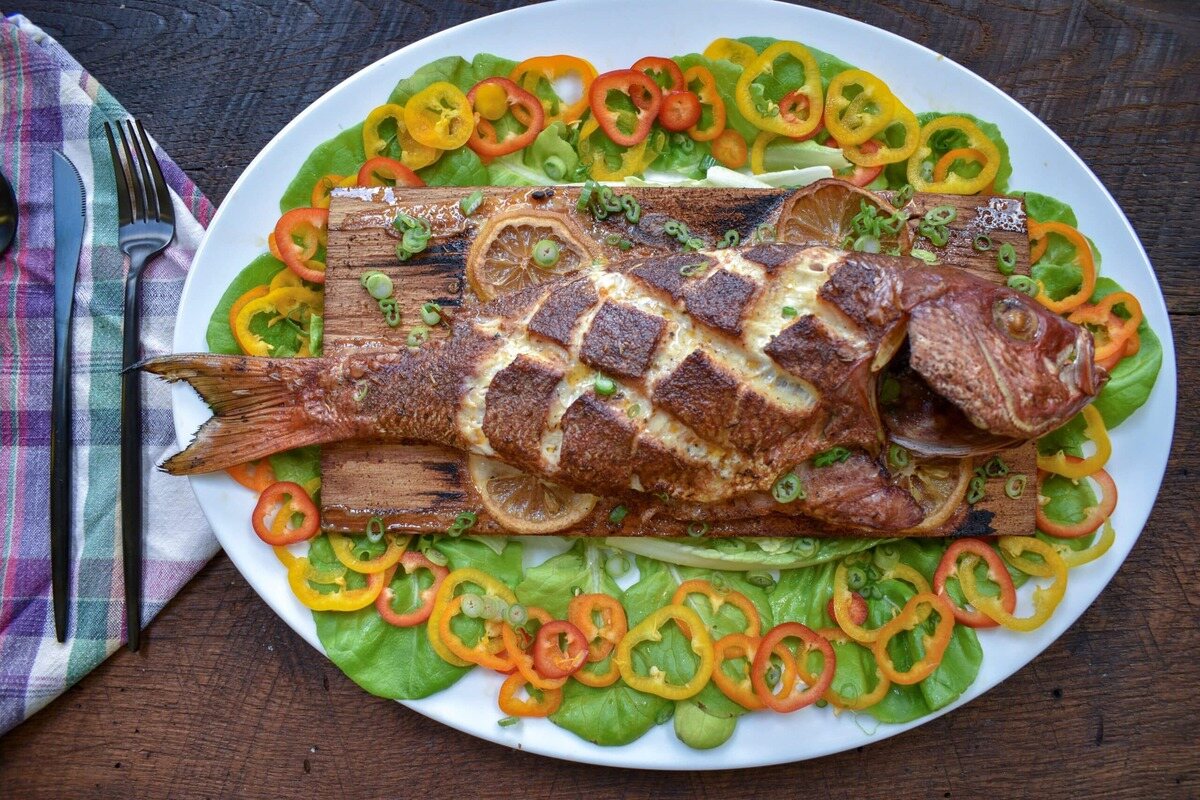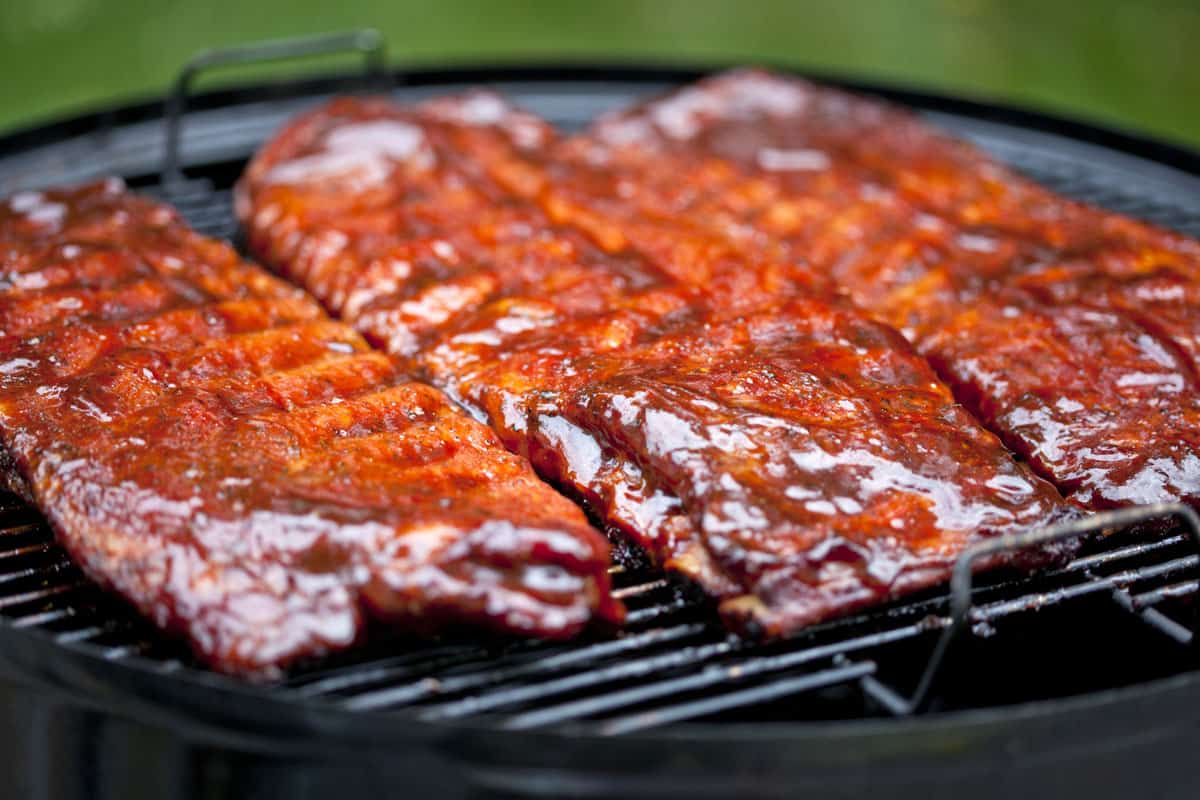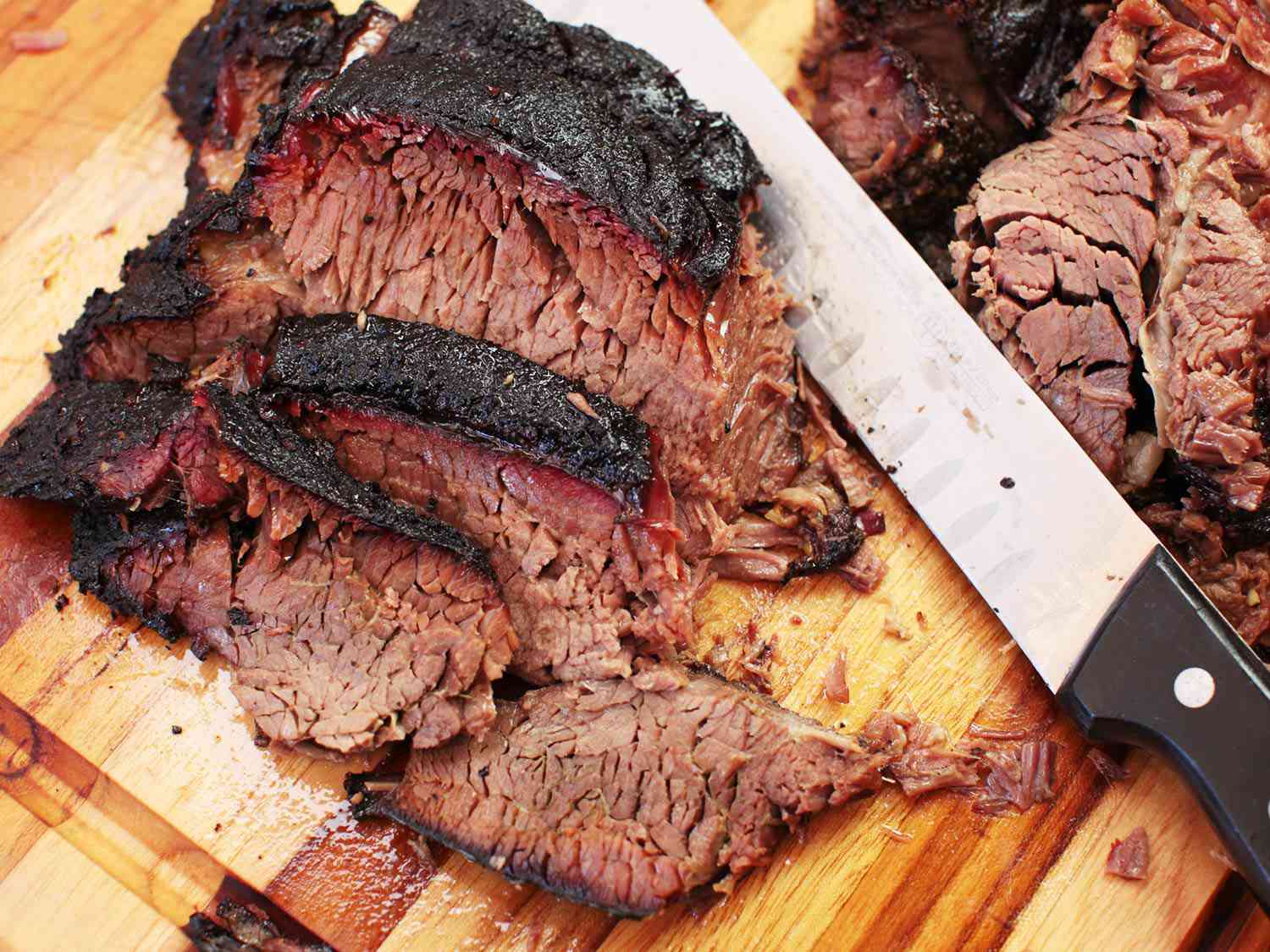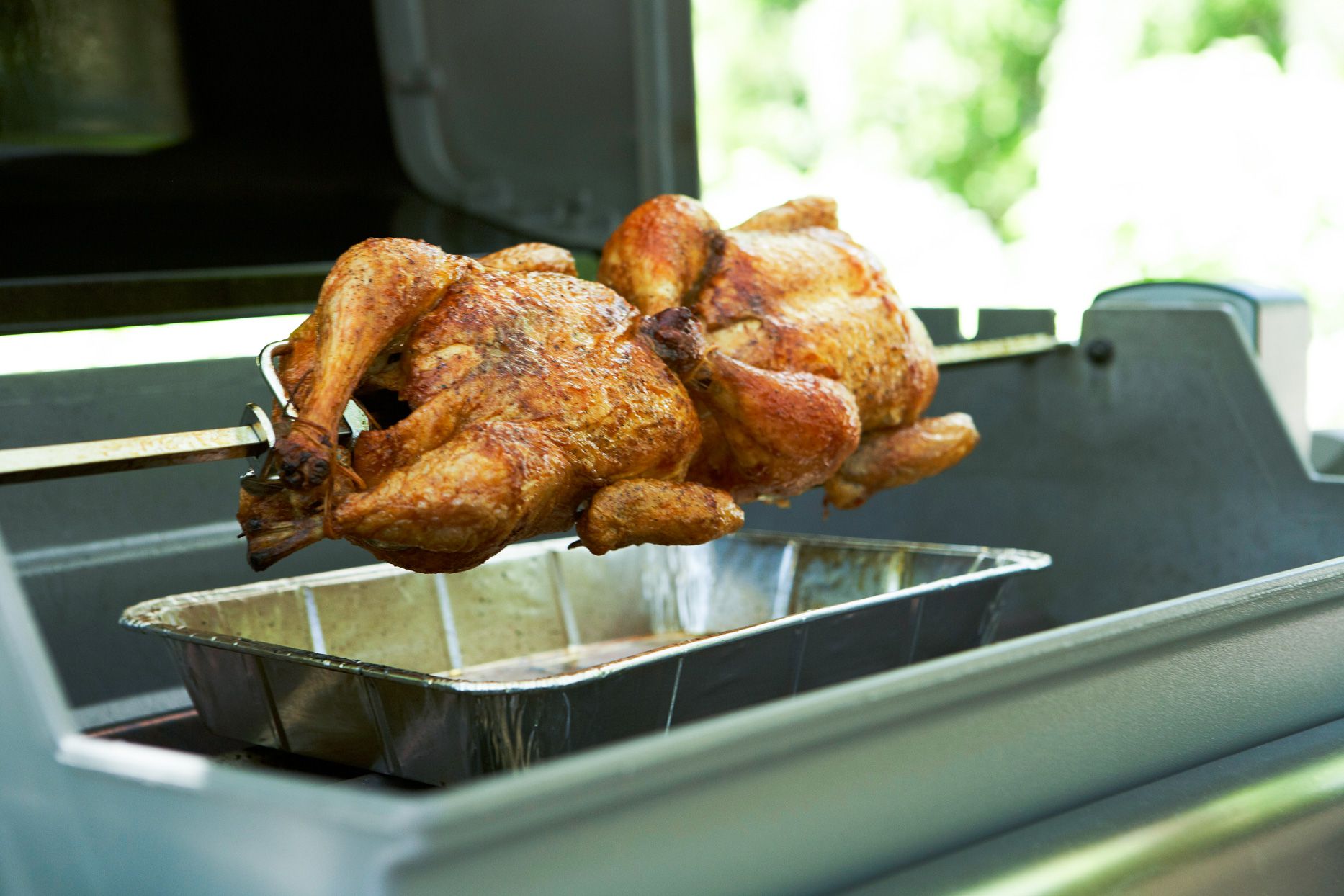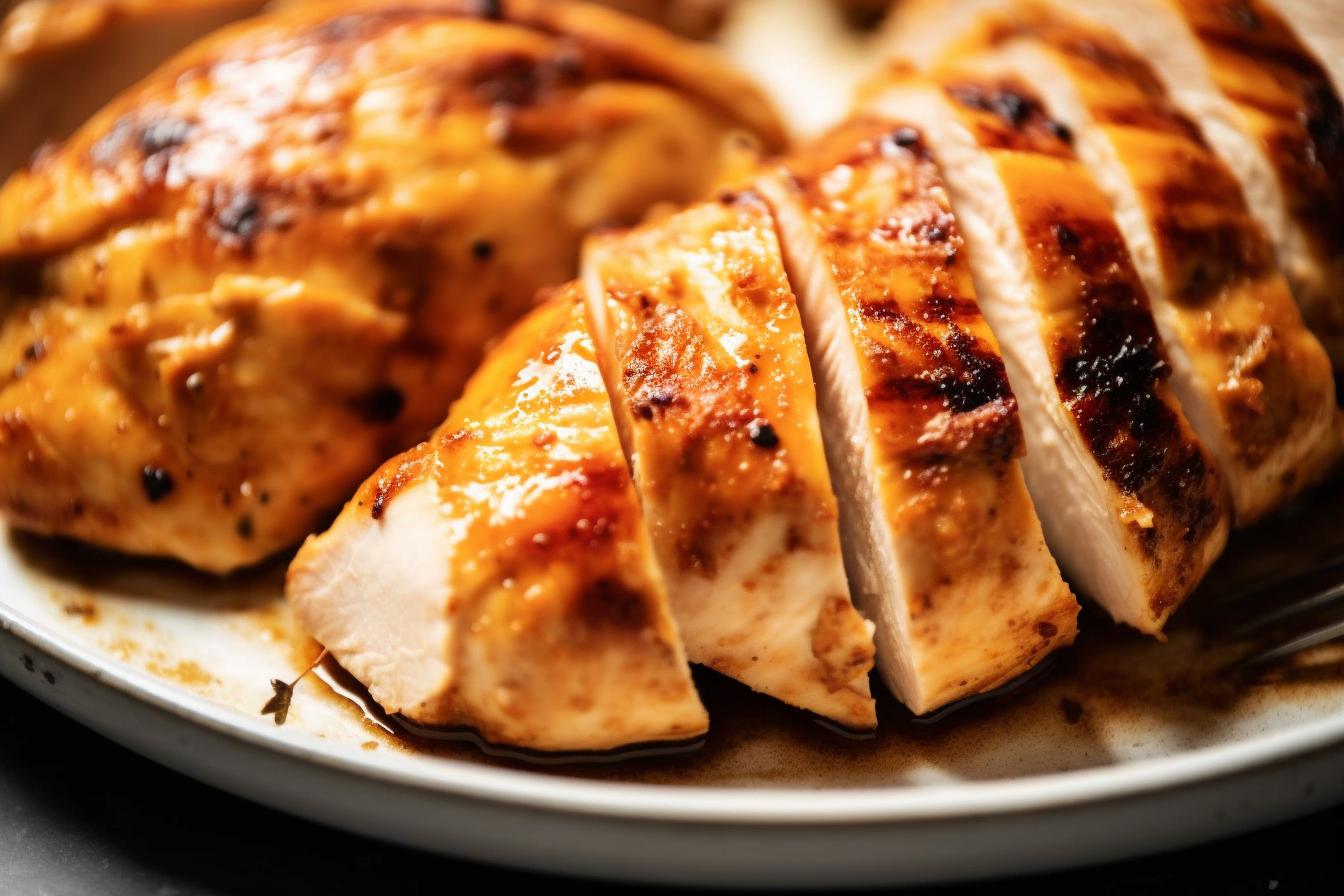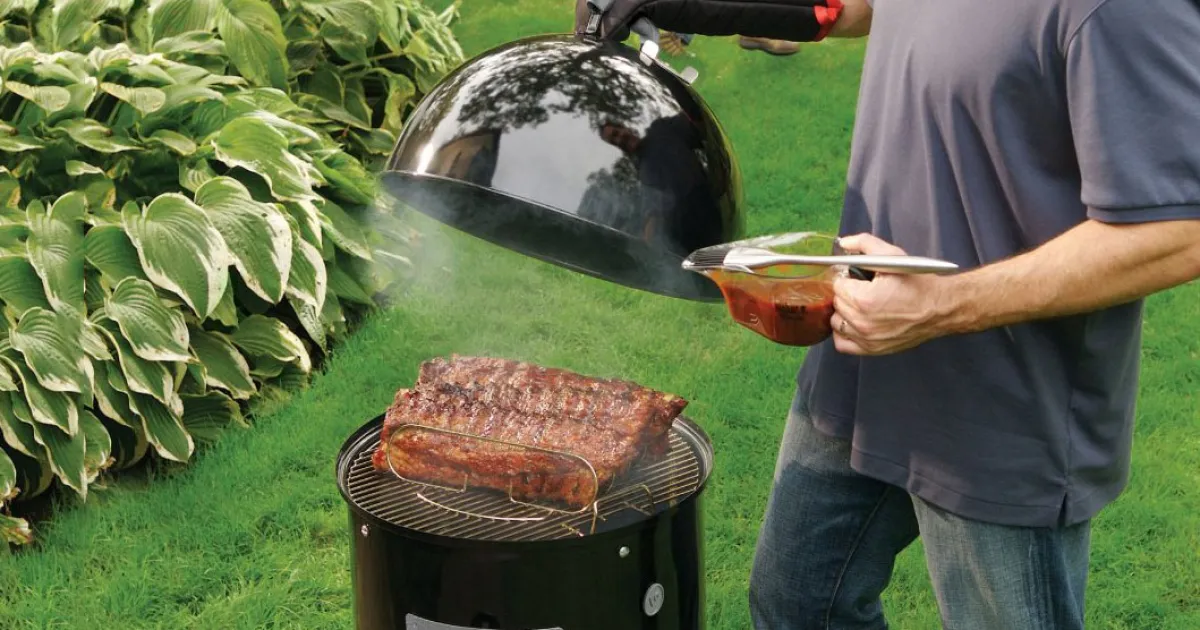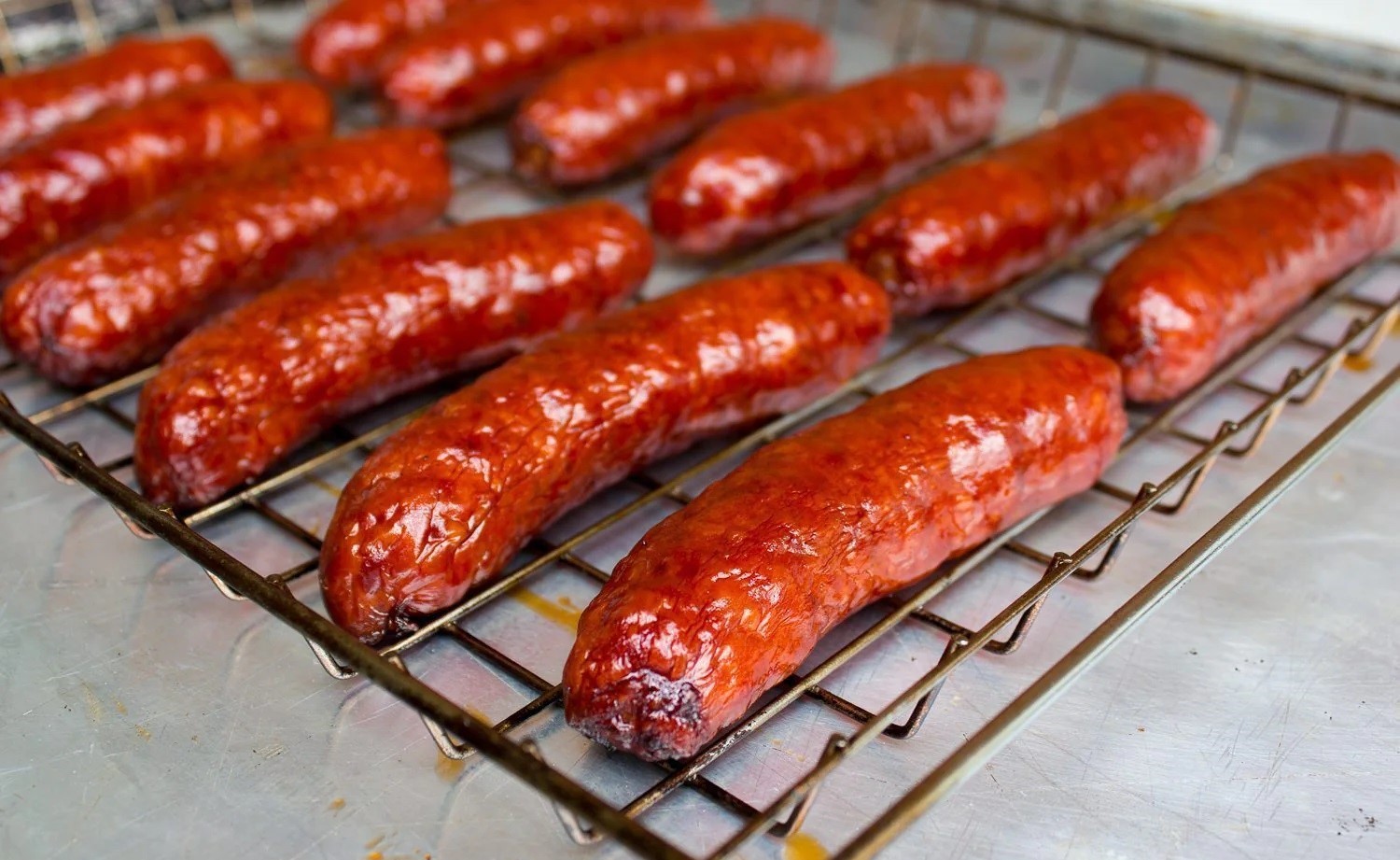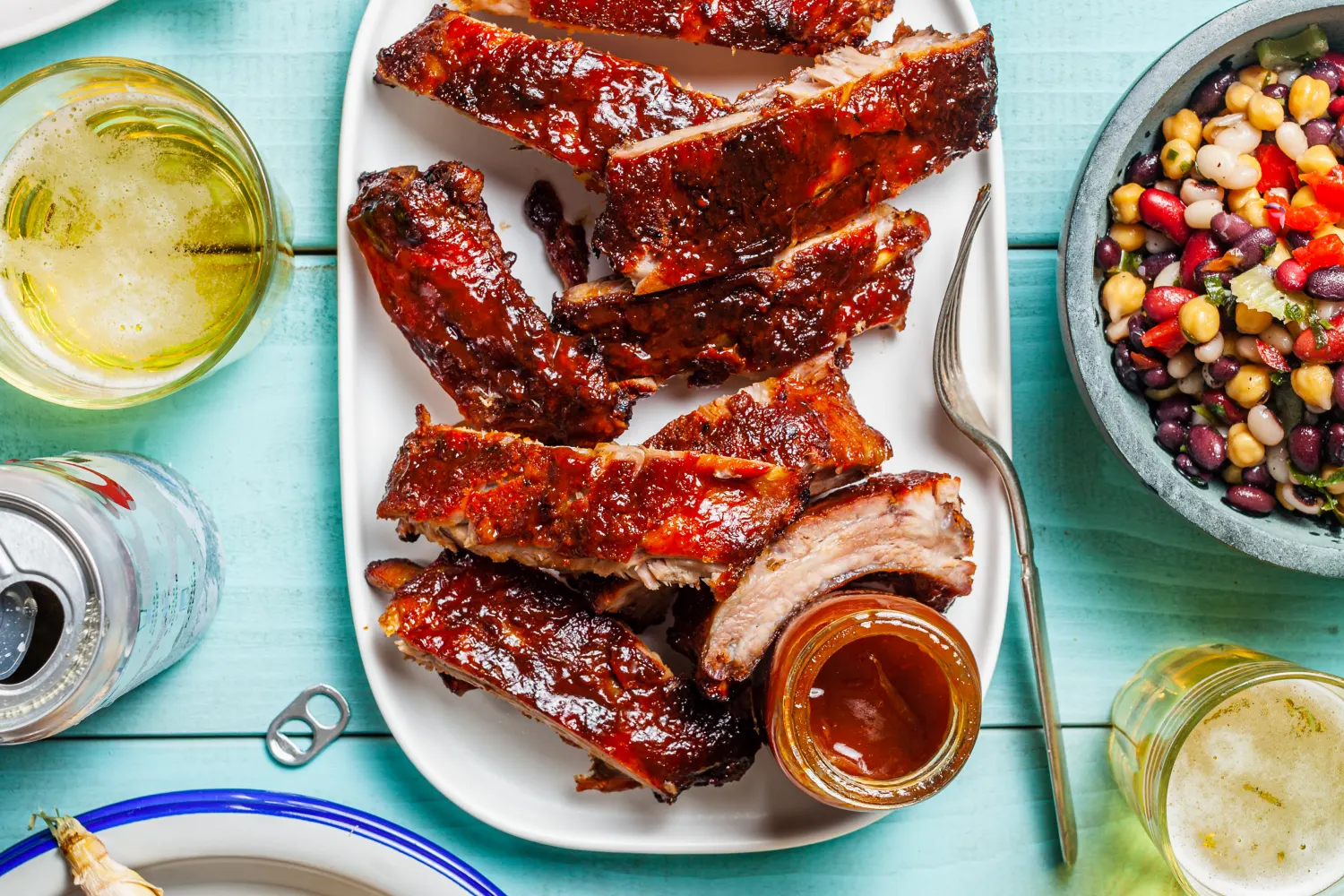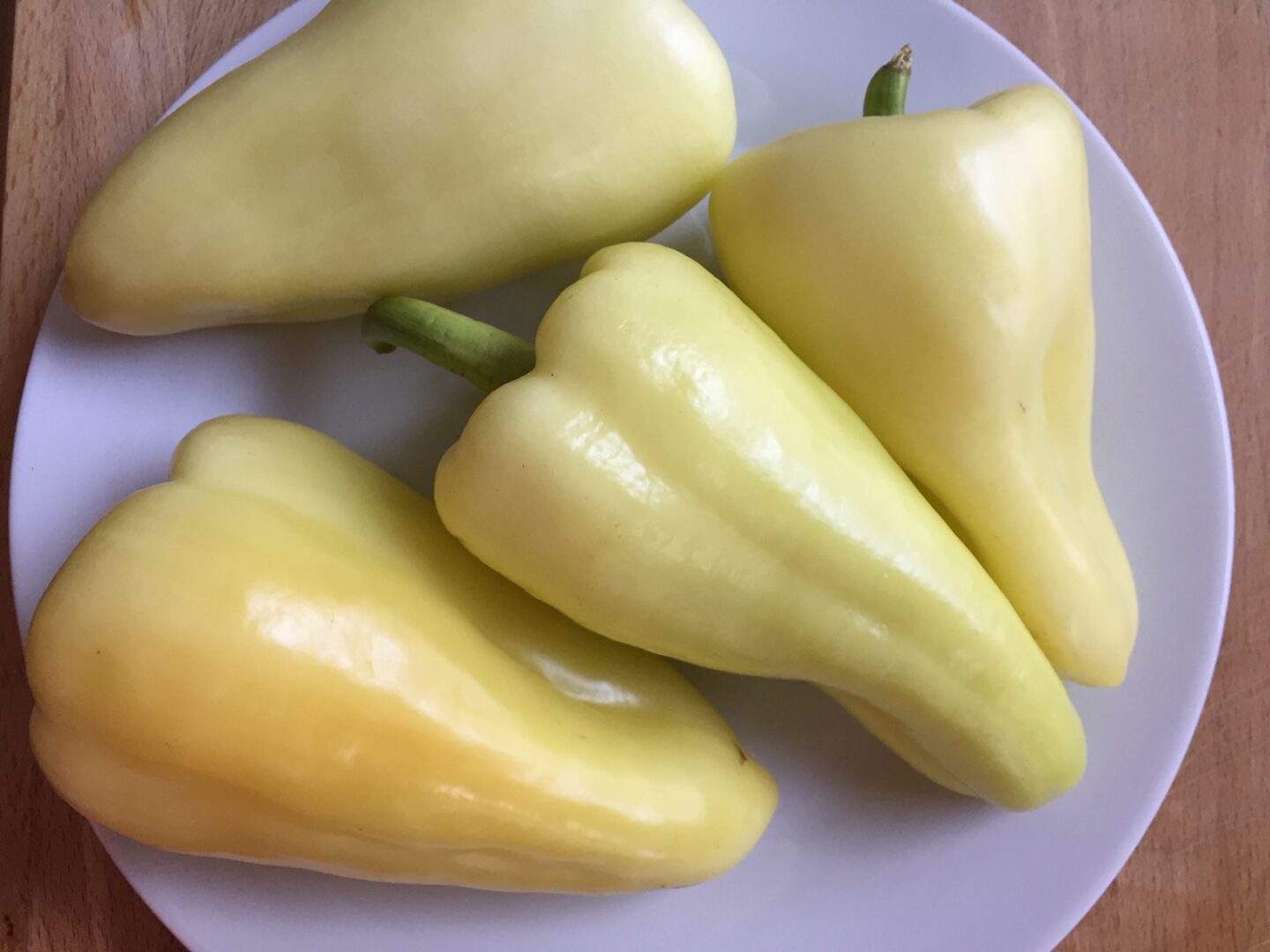Mastering the Art of Smoking Chicken for Tender and Juicy Results
Smoking chicken is a delicious way to infuse rich, smoky flavor into the meat while keeping it tender and juicy. However, one common challenge many people face when smoking chicken is ending up with rubbery skin. The good news is that with the right techniques, you can achieve perfectly smoked chicken with crispy, flavorful skin every time.
Choose the Right Chicken
When it comes to smoking chicken, starting with the right cut of meat is essential. Opt for fresh, high-quality chicken that has not been frozen. Fresh chicken tends to produce better results in terms of texture and flavor. Additionally, consider using chicken pieces with the skin on, as this will help protect the meat during the smoking process.
Brine for Flavor and Moisture
Brining the chicken before smoking can greatly enhance its flavor and moisture content. A simple brine solution consisting of water, salt, sugar, and your choice of herbs and spices can work wonders for the chicken. The brining process helps the chicken absorb moisture, resulting in a juicier end product. It also contributes to a more flavorful outcome.
Prep the Chicken
Prior to smoking, it’s important to properly prep the chicken. Start by patting the chicken pieces dry with paper towels. This step helps remove excess moisture from the skin, which is crucial for achieving crispy results. Once dried, you can proceed to season the chicken with your preferred blend of spices and herbs. Consider using a dry rub or marinade to add depth of flavor to the chicken.
Control the Temperature
When smoking chicken, maintaining the right temperature is key to achieving tender meat and crispy skin. Aim for a smoking temperature of around 225-250°F (107-121°C). This low and slow approach allows the chicken to cook evenly while developing a smoky flavor. Additionally, using a meat thermometer to monitor the internal temperature of the chicken can help ensure it reaches the desired level of doneness without overcooking.
Use Fruit Woods for Smoking
The type of wood you use for smoking can impact the overall flavor profile of the chicken. When it comes to poultry, fruit woods such as apple, cherry, or peach are excellent choices. These woods impart a mild, sweet smoke flavor that complements the chicken without overpowering it. Avoid using stronger woods like hickory or mesquite, as they can be too intense for chicken and may result in an overly smoky taste.
Give the Chicken a Crispy Finish
After the chicken has been smoked to perfection, you can elevate the texture of the skin by giving it a crispy finish. One method for achieving crispy skin is to transfer the smoked chicken to a preheated grill or oven and cook it at a higher temperature for a short period of time. This technique helps crisp up the skin without compromising the tenderness of the meat.
Rest and Serve
Once the chicken is fully cooked and the skin is crispy, allow it to rest for a few minutes before serving. This resting period allows the juices to redistribute throughout the meat, resulting in a more succulent and flavorful eating experience. After resting, carve the chicken and serve it alongside your favorite sides and sauces for a memorable dining experience.
By following these tips, you can smoke chicken to perfection, achieving tender, juicy meat with irresistibly crispy skin. With the right techniques and attention to detail, you’ll be well on your way to mastering the art of smoking chicken for delicious results every time.
More Delicious Smoked Chicken Recipes to Try
Now that you've mastered the art of smoking chicken without rubbery skin, it's time to apply your skills to a variety of mouth-watering recipes. For an aromatic delight, Applewood-Herbed Smoked Chicken Thighs offer a perfect blend of smoky and herbal notes, ideal for a cozy dinner. If you're in the mood for something with a kick, try the Spicy BBQ Hickory-Smoked Chicken Wings. The robust flavors will impress at any gathering. For a lighter fare, the Honey Glazed Cherry Wood Smoked Chicken Breasts provide a sweet contrast to the smoky undertones, making it a must-try for a family meal. Each recipe not only showcases the technique of smoking chicken but also enhances your cooking repertoire with varied flavors and preparations.
Was this page helpful?
Read Next: How To Smoke Pork Jowl
